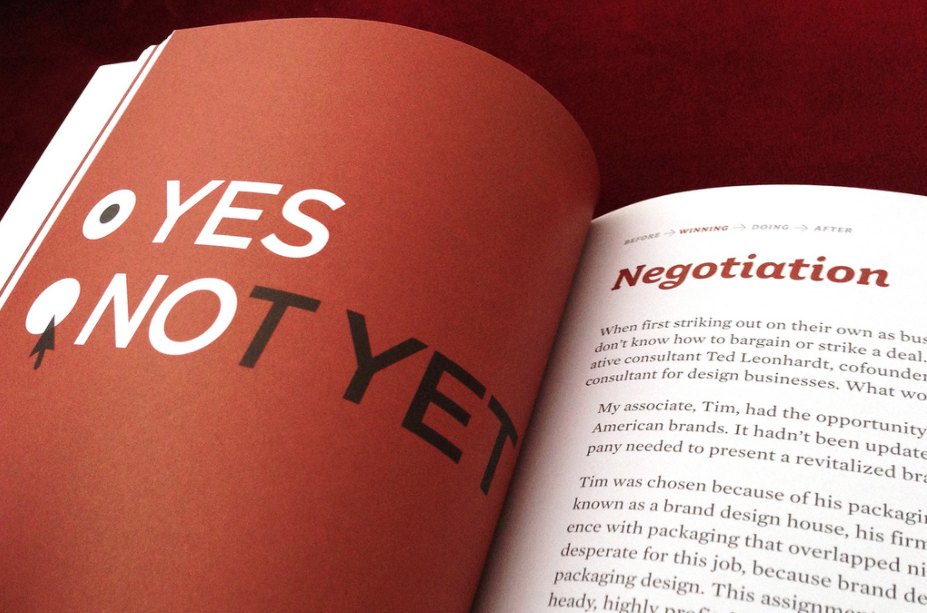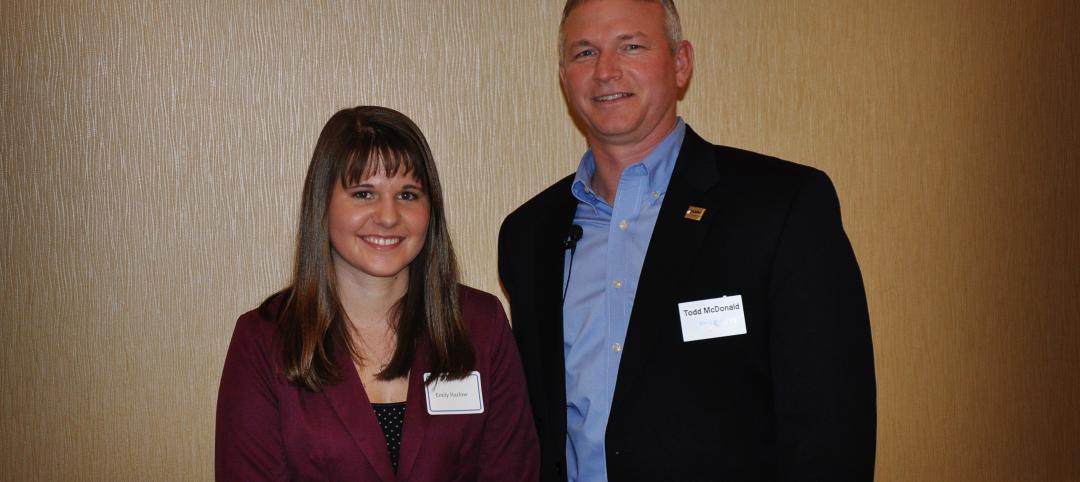Women often tell me that they are afraid of negotiation, that they either just do not know how to do it to get what they want or that they do not have confidence that they will be ready enough for any negotiation.
Whether it is a salary negotiation, bidding on a job, or solving a problem on a job site, you can have an effective negotiation and get the results you seek following some logical and well-planned steps.
The very first step is to start in your own head. The voices in our heads often dissuade us of our ability to successfully negotiate. Just say "no" to those voices!
Negotiation does not need to be equated with conflict. In fact, starting with thinking about the issue as a problem to solve and that your negotiation partner is part of your process in reaching a solution will help reorient your view. Because women are natural collaborators, if we approach our negotiations as getting a deal done rather than getting a "win," we are more likely to enter the process with confidence. And confidence will get you halfway to your goal!
Your mindset—how you look at the world and your attitudes that influence how you interpret situations—plays a key role in how you negotiate. Often our mindset in a negotiation is that we are in opposition to our negotiation partner. In many situations, your negotiation partner may hold an opposing view or position. However, if you start with the mindset that your "opponent" is instead your "partner" in reaching your goal, your entire mindset and all of your resulting actions will change.
Instead of, "I can't believe they won't give me a raise," think, "I can explain to you why a raise will be beneficial not only for me but also for the firm." You can see how your discussion will automatically change.
In addition, when you enter into a discussion with this collaborative mindset , you tap into your natural tendency to find effective solutions and carry an inherent amount of self confidence that will make others want to agree with you.
In relationships, whether they are person or business relationships, no one really wants conflict. If your mindset is such that you are seeking a collaborative solution, others will naturally want to join you on this journey.
Now that your mindset is attuned, we will discuss in my negotiation blog some practical steps to prepare for your negotiation. If you have any comments or questions, please post them and start a dialogue.
Related Stories
| Jan 2, 2013
M&A activity at U.S. AEC firms up slightly
Total mergers and acquisitions in the AEC industry hit 171 in 2012, up slight from the 169 deals in 2011.
| Jan 2, 2013
Global data center market to ‘slow’ to 14.3% this year
Total global investment in data centers is expected to slow down somewhat this year but still increase at a respectable 14.3%, according to DCD Intelligence.
| Jan 2, 2013
Construction jobs made gains in 2012, even with a slow Q4, says Gilbane report
The construction sector in the nine states with 50% of construction employment was up 169,000 jobs from February to September 2012, following a lost of 137,000 jobs from September 2011 to January 2012.
| Dec 21, 2012
ABI gains for fourth straight month
Positive business conditions for all building sectors.
| Dec 17, 2012
CSM Group names recipient of the CSM Architect Fellowship Grant
With the money from the grant, Harlow has chosen to use it entirely for the Chapter of American Institute of Architecture Student’s Freedom by Design Program at Andrews University.
| Dec 9, 2012
AIA: Laboratory design, building for breakthrough science
To earn 1.0 AIA/CES learning units, study the article carefully and take the exam.
| Dec 9, 2012
The owner’s perspective: high-rise buildings
Douglas Durst on the practicalities of development: “You must think about a building from the inside out.”
| Dec 9, 2012
Greenzone pop quiz
Greenbuild attendees share their thoughts with BD+C on the SAGE modular classroom.















